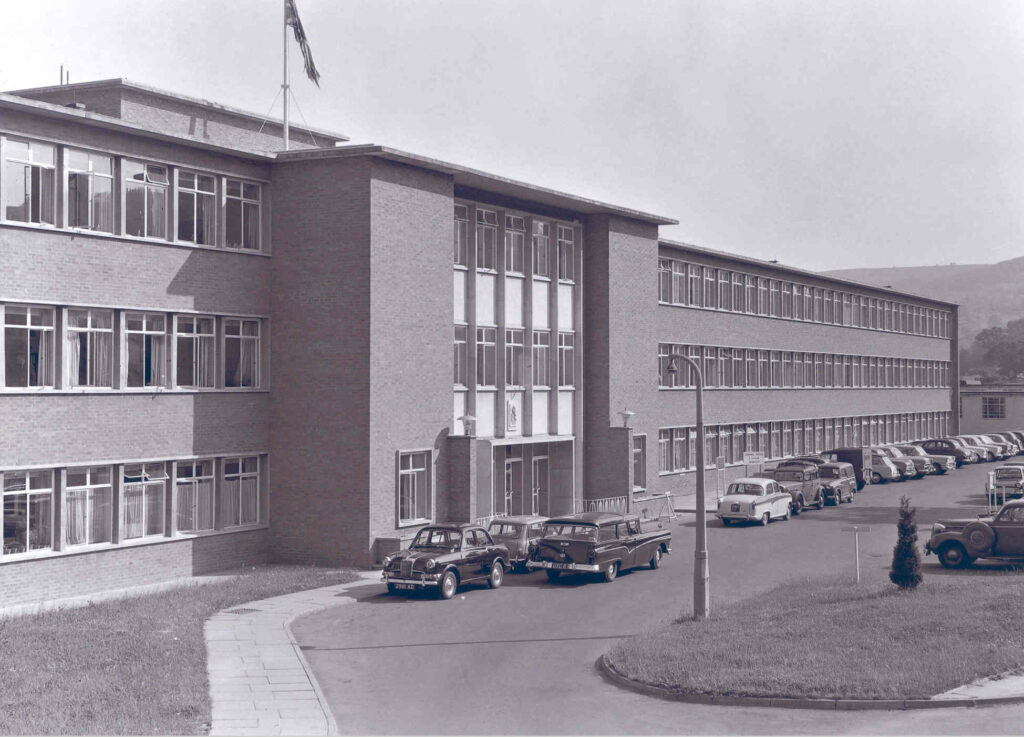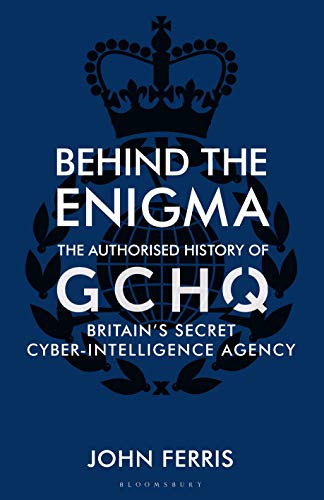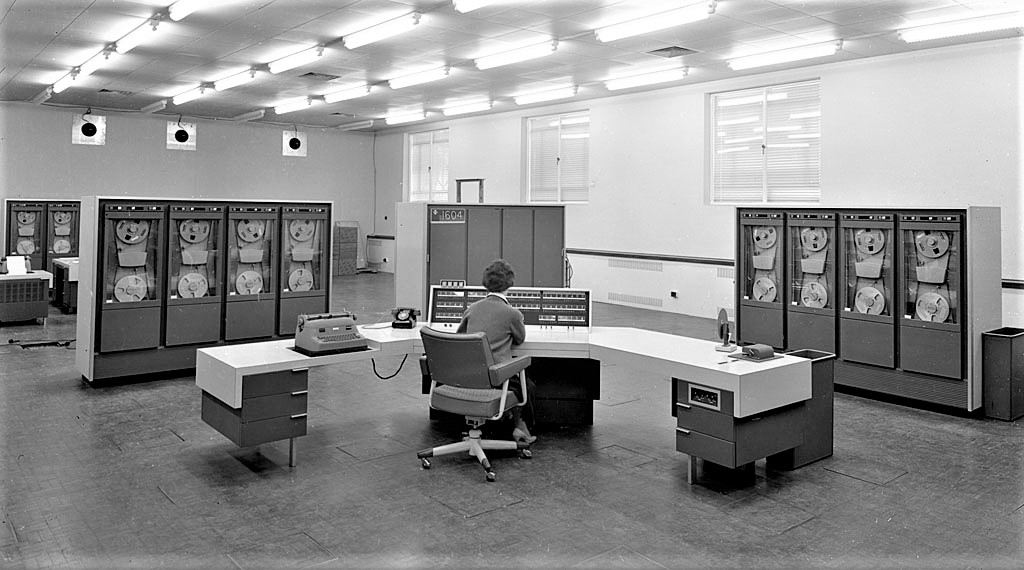We were very excited this year to launch our first permanent room, Operation Foresight, based on local Cheltenham icon GCHQ. The room has gone down really well and players are often curious about the origins of the room and how true to the real GCHQ it is. We thought we’d answer a few popular questions here.
1. Why is Operation Foresight set in 1969?
The late 1960s were a pivotal time for GCHQ, with the arrival of the first super computers and the intrigues of the Cold War sharpening the intelligence gathering capabilities.
For us, it was ideal to set a theme in a pre-digital time that allowed us to create physical puzzles that today would mostly involve sitting in front of a laptop. We also wanted to focus on GCHQ’s Cheltenham connection, rather than the earlier history of Bletchley Park etc.
1969 was an eventful year, especially with the Moon landing providing context, and the convictions of the Kray twins that year provided a handy back story for our organised crime operation.

2. Does GCHQ really tackle organised crime?
Yes. GCHQ has a mission to keep the UK safe from various threats including serious and organised crime. We thought it would be interesting to focus on this area rather than possibly more obvious themes like the Cold War.
Of course, there is no evidence that GCHQ had any involvement with criminal gangs in the wake of the removal of the Kray twins from the criminal underworld.
3. Why is it called “Operation Foresight”?
GCHQ has often been involved in operations designated by codenames. Probably the most well known being operation Ultra, where intelligence was gathered from Enigma machines in WW2.
A random word, as the codename for an operation, seemed a great option to us, as it gives very little specifics about the escape room theme.
Foresight does have a connection with intelligence services. The motto of the Dutch intelligence services is: “Peace and Security through Foresight”. This seemed an apt motto for our replica “GCHQ”.
4. Did GCHQ approve of the room?
As we are a commercial business, we obviously wouldn’t expect GCHQ to endorse us in anyway, and we did run our promotional material past the GCHQ press office to make sure we didn’t suggest anything of that kind.
Operation Foresight is a work of fiction based on our imagined view of GCHQ.


5. How authentic is the theme’s portrayal of GCHQ?
Although it is fictional, we wanted our escape room to have an authentic feel. We had an advantage that one of our directors had worked for GCHQ for over ten years (although not in the 60s), and was able to advise.
We were also helped by the release of the Behind the Enigma history in 2020, which provided a lot of useful background material.
The look of the room is mostly imagined, but with a nod towards images and recollections of GCHQ buildings that no longer exist (the new GCHQ “doughnut” building was only built in the early 2000s).
GCHQ analysts did (and presumably still do) collect, decipher, analyse and report on intelligence data, in a similar way to the game, and exercise similar skills of analysis, problem-solving and teamworking.
Do you have any other questions or comments about Operation Foresight? Feel free to let us know and we might add them to a new blog post 🙂
